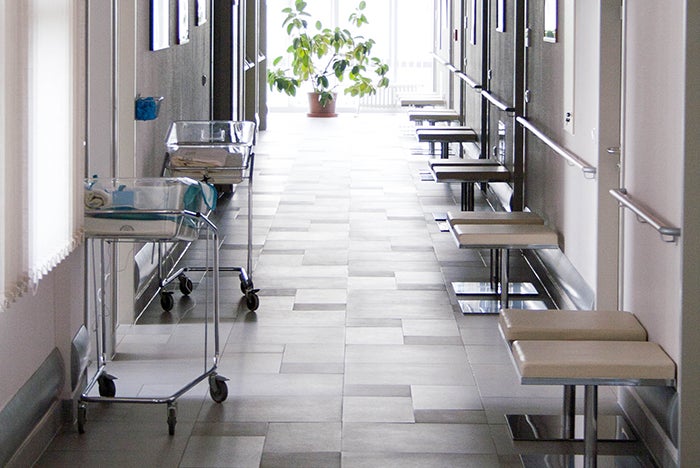Tips to achieve continuous compliance readiness
The practice of ramping up to survey during the anticipated survey year may have worked in the past, but it has not been practical for at least this decade. The sheer quantity and nature of changes have made continuous readiness a full-time effort. Continuous readiness is also the right thing to do because many compliance requirements link directly to physical environment safety for both patients and staff.
Whether the issue is a noted life-safety deficiency that was not immediately rectified or a non-life-safety deficiency with no noted follow-up action, the lack of documentation proving timely follow-up to failures observed during inspection, testing and maintenance (ITM) activities is likely to cause adverse findings.
A required follow-up to a life-safety deficiency that is not immediately corrected is the need to assess whether Life Safety Code paragraph 4.6.10.1 Alternative Life Safety Measures (ALSMs) acceptable to the authority having jurisdiction have been indicated during the duration of the noted life-safety deficiency. The Joint Commission’s Standard 01.02.01 discusses the Joint Commission’s Interim Life Safety Measures (ILSMs) process that addresses the code’s ALSM requirements.
Many organizations continue to struggle with a process disconnect between life-safety deficiency observations noted as a result of ongoing ITM and linking those observations over to the ALSM/ILSM assessment process.
The Centers for Medicare & Medicaid Services (CMS) requirements have been changing furiously over the past few years, whether they are related to following manufacturer-recommended equipment ITM versus using a sophisticated risk-based alternate equipment maintenance program, the 89 new and revised 2012 Life Safety Code-based K-Tags and the 34 new 2012 Health Care Facility Code-based K-Tags, the 44 new Emergency Preparedness Final Rule based E-Tags, changing ligature risk requirements, changing water management requirements or the next group of changes to be released.
Because the accrediting organizations must survey for compliance with CMS requirements, continuous survey readiness demands a focused effort to mold changed requirements into ongoing processes.
David L. Stymiest, PE, CHFM, CHSP, FASHE, is a senior consultant at Smith Seckman Reid, Nashville, Tenn., specializing in facilities engineering and regulatory compliance. He can be reached at DStymiest@SSR-inc.com.





